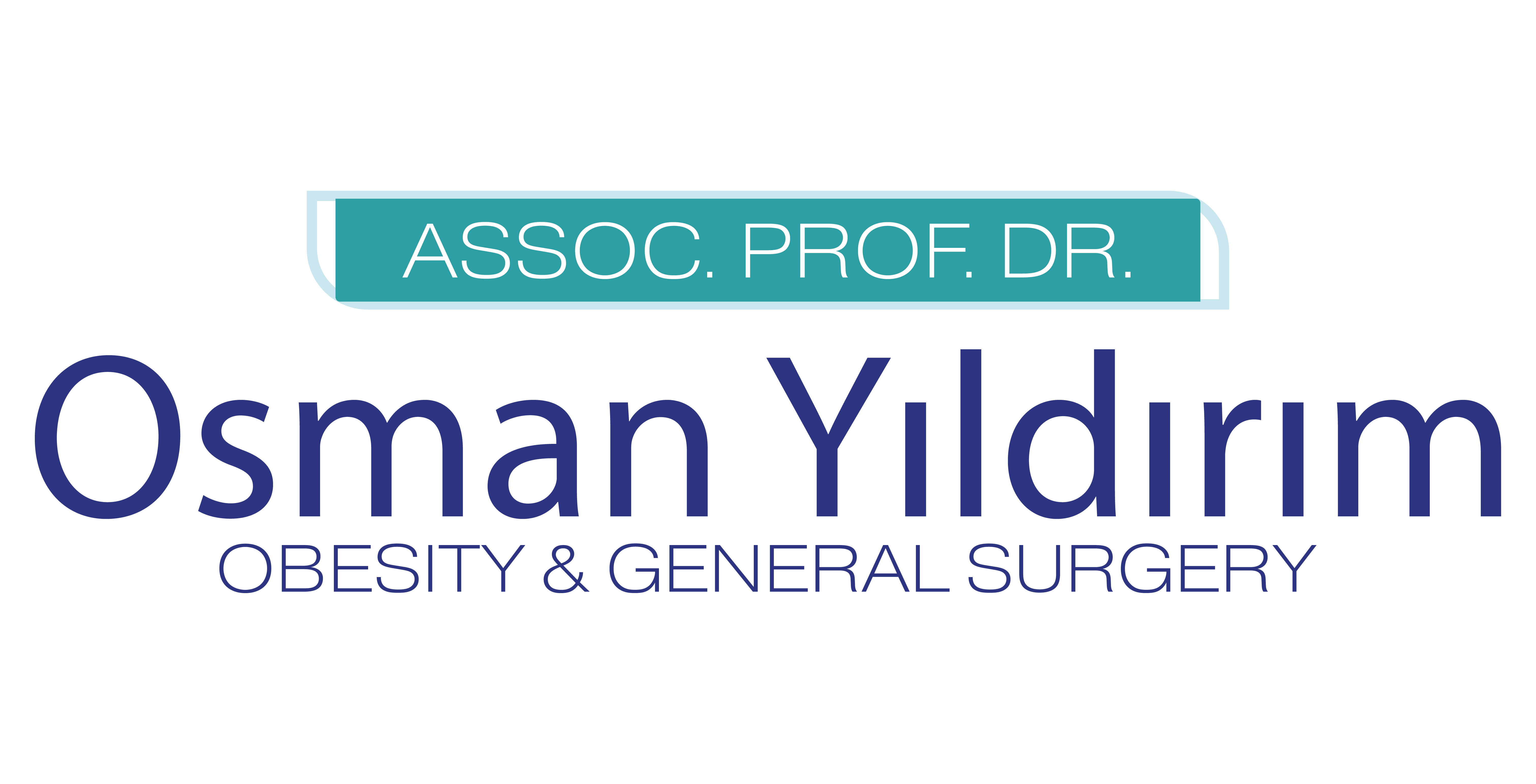Assoc. Prof. Dr. Osman Yıldırım
Obesity and General Surgery Specialist
Associate Professor Dr. Osman Yıldırım was born on March 10, 1961, in Kaman, Kırşehir. He graduated from Ankara Hıdırlıktepe Primary School in 1972, Ankara Atıfbey Middle School in 1975, and Ankara Yıldırım Beyazıt High School in 1978. He completed his medical education at Ankara University Faculty of Medicine in 1984.
After fulfilling his mandatory service in Ünye from 1984 to 1986, he pursued his specialization in General Surgery at Ankara Numune Training and Research Hospital from 1986 to 1990.
From 1990, when he completed his specialization, to 2014, he worked continuously at the same hospital, first as a specialist, then as an assistant chief, and finally as a training officer. Meanwhile, he became an associate professor in 2008.














